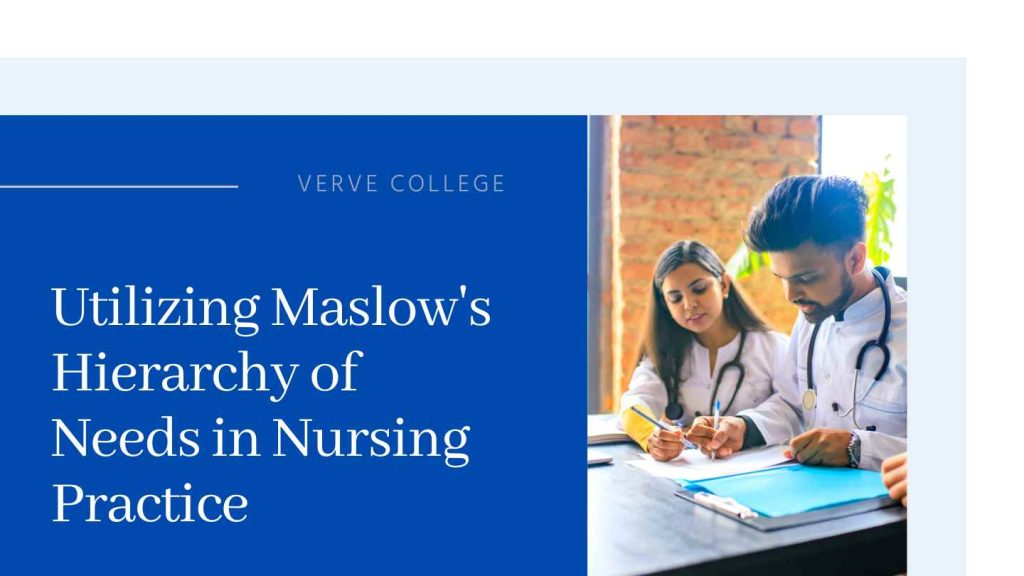- Oak Brook:(630) 705-9999
- Chicago:(312) 920-8822
- Email:inquiry@vervecollege.edu
- Make a Payment
- Home
- Programs
- Admission
- Resources
- ATI Entrance Exam Resources
- New E-Digital Library
- Refer a Friend
- School Newsletter
- Events
- Employers
- Job-Network
- Alpha Beta Kappa Candidates
- Verve College Library
- Graduation and Pinning Ceremony Photo Galleries
- Textbook Information
- Career Services
- Tutoring
- School Catalog
- FAQ
- Constitution Day Program
- Alumni
- Verve College Plans
- Financial Aid
- HEERF Reporting
- Satisfactory Academic Progress
- Apply For Financial Aid
- Net Price Calculator
- Return of Title IV Funds (R2T4)
- Financial Aid Office Code of Conduct
- Contact
- FAQs
- Verification Policy
- Vaccination Policy
- Student Right-to-Know Act
- Misrepresentation
- Information Security Program
- Academic Award Year
- Availability of Employee
- Cost of Attendance
- Health & Safety Exemption Requirement
- Students Rights and Responsibilities
- Leave of Absence
- Pell Formula
- Military Students
- Grants/ Scholarship Policy
- Contact Us
- Testimonials
- Blog
Is a Nursing Career Right For You?
Take The Free Quiz
Utilizing Maslow’s Hierarchy of Needs in Nursing Practice
Utilizing Maslow’s Hierarchy of Needs in Nursing Practice
This article will discuss Maslow’s Hierarchy of Needs in nursing. Do you know the five levels of communication in practical nursing?
Are You Unfamiliar With Maslow’s Hierarchy?
Maslow’s Hierarchy of Needs or Maslow’s theory of motivation is a positive psychology theory that consists of a five-tiered simulation of human motivation & necessities. In the nursing profession, the LPN program of nursing degree in Illinois from private schools helps to understand Maslow’s hierarchy to provide the basic care to patients, understand vital signs, provide clinical experience & also help you to pass the NCLEX-PN exam in a healthcare facility.
- Physiological
- Safety
- Love and commitment
- Self-esteem
- Self- actualization
Related:- Significance of Electronic Health Records in Nursing
People need to initially deal with lower-level needs before tackling higher-level needs.
Why is Maslow’s hierarchy of nursing needs essential? Every vocational nurse uses Abraham Maslow’s Hierarchy of Needs to determine patient long-term care priorities. This method is widely used in nursing, and it produces positive results.
Maslow’s Hierarchy for Nursing Communication
Nurses will face various demands and interruptions in a health care setting. The chaos can lead to fatigue, affecting a nurse’s compassion and enjoyment at work. A busy day filled with urgent calls can be exhausting. It can be frustrating to not have access to essential patient data. Frustration is terrible for both your patience and well-being.
Maslow’s Hierarchy of Needs and the traits of practical nurses are similar, as are their methods of prioritization. These traits can help students to become licensed practical nurse by enrolling in practical nursing programs or pursuing a degree in nursing.
What is the relationship between Maslow’s Hierarchy and communication? According to Maslow’s hierarchy of human needs, people use communication to satisfy various social and physical demands. The hierarchy includes bodily demands for survival, safety, and security in nursing homes, belonging, self-worth, and becoming oneself.
Needs Physiological
A safe environment is essential for nurses or the healthcare team. You can take a break to eat or visit the bathroom and take a deep breath. They also want communication tools that will allow them to work together and improve collaboration.
Utilizing suitable devices for communication for managing healthcare practices & practical experience. The nurses have received tools that will help them improve medical treatment and save time. When trying to reach people, searching for resources, receiving test results, and other duties, time can be lost.
Safety is a Priority
All of us have an unfulfilled desire to be secure. The only solution that will be effective is this.
After their physiological needs are met, the nurse’s desire for safety and protection disappears. Everyone wants order and control. Families and society can fulfill these needs through medical care, the police, schools, and businesses.
Some examples of safety needs include:
- Emotional safety
- Financial security (employment social welfare)
- Law and order
- Fear no more
- Social stability
- Health and well-being (safety from accidents and injuries)
Love and Belongingness Are Needed
They should feel valued and empowered in their work on clinical sites. These are essential elements for successful patient care. Families and society can meet these needs through medical care, the police, schools, and businesses.
Examples of belongingness need include:
- Trust
- Friendship
- Acceptance
- Receive and give affection
Self-Esteem Needs
Nursing students can go to the College of Nursing or the best nursing schools in Illinois thinking they’ll spend their entire lives caring for patients in their nursing career. They will feel their mission is complete when the patient is happy, and the result is excellent. Maslow’s self-esteem hierarchy includes respect, self-worth, and accomplishment. Maslow divided self-esteem into two categories.
- Self-esteem (dignity and independence)
- Status and prestige: the desire to be respected or admired by others.
Want to Make a Career in Nursing? Get More Information About Our Courses!
Self-Actualization Needs
The need for self-actualization tops Maslow’s hierarchy. It is realizing a nurse’s perspective, desiring individual advancement, personal growth, and outstanding experiences. Maslow describes this level as the desire to achieve everything possible, to be the best that you can be.
 Sign up
Sign up Login
Login




